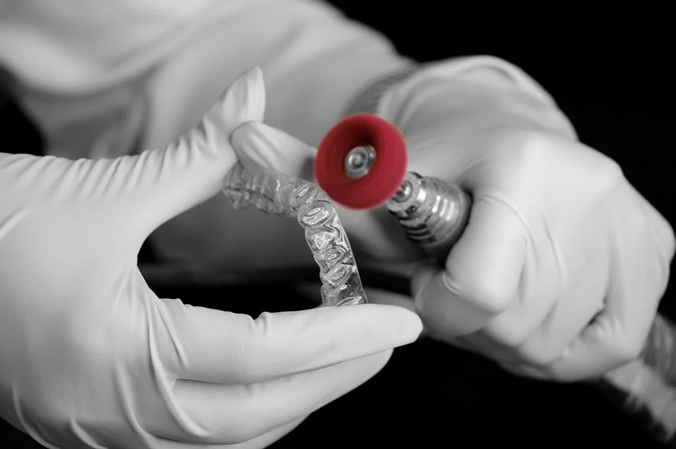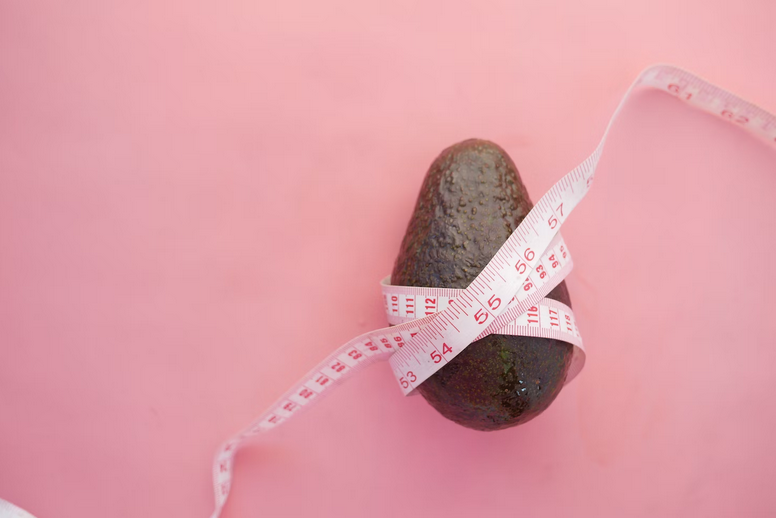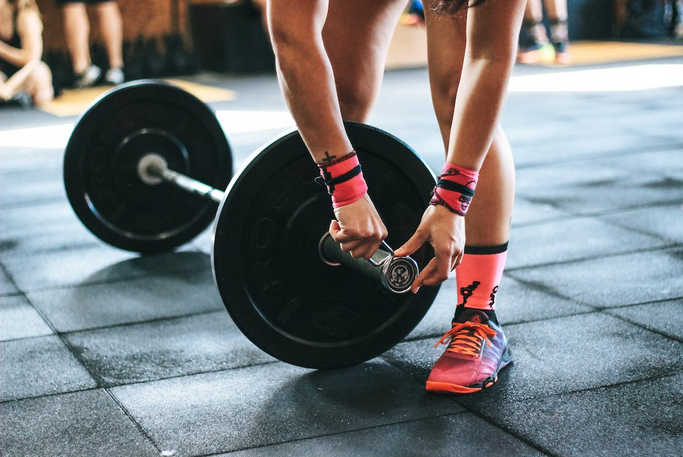When it comes to achieving a stunning smile, most people think about straightening their teeth. While aligning your pearly whites can boost your confidence, the benefits extend deep into oral health. But did you know that an invisalign clinic in Melbourne offers far more than just aesthetic improvements? From enhancing bite function to reducing the risk of gum disease, this innovative treatment is reshaping how we view orthodontics. If you’re curious about how Invisalign can transform your smile and overall oral well-being, here’s what you need to know.
Ensuring a Properly Aligned Bite
A properly aligned bite is crucial for more than just aesthetics. It plays a significant role in how we chew and speak. Misaligned teeth can lead to discomfort while eating, making mealtime less enjoyable. When your bite is correctly aligned, the pressure on your jaw joints decreases. It can reduce strain and minimize the risk of developing temporomandibular joint disorder (TMJ). TMJ issues often manifest as headaches or jaw pain, which can be debilitating. Moreover, an even bite helps distribute chewing forces evenly across all teeth. This reduces wear and tear over time, prolonging their lifespan. With Invisalign’s clear aligners, achieving that perfect alignment becomes a comfortable journey toward better oral health.
Reducing the Risk of Gum Disease and Tooth Decay

Gum disease and tooth decay can lead to serious health issues. Misaligned teeth create tight spaces that are hard to clean, allowing plaque buildup. This is where Invisalign shines. By straightening your teeth, Invisalign eliminates those tricky gaps. As a result, brushing and flossing become more effective. You’ll be able to reach every surface of each tooth with ease. Moreover, properly aligned teeth distribute bite forces evenly across the jaw. This reduces stress on individual teeth and gums, minimizing inflammation and discomfort over time. When you wear aligners made from smooth plastic instead of traditional metal braces, there’s less risk of irritation in your mouth. A comfortable fit encourages better oral care habits as well.
Improving Overall Oral Hygiene

Invisalign aligners provide a unique advantage when it comes to maintaining oral hygiene. Unlike traditional braces, they can be easily removed. This feature allows for more effective brushing and flossing. With Invisalign, you can clean your teeth without obstruction. You don’t have to navigate around wires or brackets, making it easier to eliminate plaque and food particles. Your daily dental routine becomes much simpler.
Moreover, the smooth surface of the aligners reduces irritation in your mouth compared to metal braces. This comfort means you’re less likely to skip cleaning sessions due to discomfort. Regularly changing out your aligners also promotes good habits. Each new set encourages you to stay diligent with your dental care routine as you track progress visually over time. This holistic approach not only supports alignment but also enhances overall oral health during treatment.…









 Willis-Ekbom disease or restless legs syndrome is a condition that affects millions of people worldwide. It is characterized by an irresistible urge to move the legs, often accompanied by unpleasant limb sensations. This can make it difficult for individuals with RLS to fall asleep or stay asleep throughout the night. One common symptom of RLS is a tingling or crawling sensation in the legs, which movement alleviates temporarily. This constant need to move can be incredibly disruptive and frustrating, causing significant sleep disturbances for those affected. While the exact cause of RLS is still unknown, several factors may contribute to its development. These include genetics, certain medications (such as antidepressants and antihistamines), chronic diseases (like kidney failure or diabetes), and pregnancy.
Willis-Ekbom disease or restless legs syndrome is a condition that affects millions of people worldwide. It is characterized by an irresistible urge to move the legs, often accompanied by unpleasant limb sensations. This can make it difficult for individuals with RLS to fall asleep or stay asleep throughout the night. One common symptom of RLS is a tingling or crawling sensation in the legs, which movement alleviates temporarily. This constant need to move can be incredibly disruptive and frustrating, causing significant sleep disturbances for those affected. While the exact cause of RLS is still unknown, several factors may contribute to its development. These include genetics, certain medications (such as antidepressants and antihistamines), chronic diseases (like kidney failure or diabetes), and pregnancy.
 If you really want to see results, you need to be taking the right supplements. You can consider taking the best anabolic steroids. There are a lot of different options out there, so it can be confusing to know which ones to take. But there are a few that are essential for building muscle: protein powder, creatine, and BCAAs.
If you really want to see results, you need to be taking the right supplements. You can consider taking the best anabolic steroids. There are a lot of different options out there, so it can be confusing to know which ones to take. But there are a few that are essential for building muscle: protein powder, creatine, and BCAAs. Building muscle isn’t just about working out. It’s also about what you eat. You need to make sure you’re getting enough protein, which your body uses to build new muscle tissue. Good sources of protein include chicken, fish, beef, tofu, and beans. You should also be eating plenty of vegetables and healthy fats, like avocados and olive oil. And make sure you’re staying hydrated by drinking lots of water throughout the day.
Building muscle isn’t just about working out. It’s also about what you eat. You need to make sure you’re getting enough protein, which your body uses to build new muscle tissue. Good sources of protein include chicken, fish, beef, tofu, and beans. You should also be eating plenty of vegetables and healthy fats, like avocados and olive oil. And make sure you’re staying hydrated by drinking lots of water throughout the day. This type of training is excellent for building muscle because it helps you push your body to its limits. HIIT workouts also tend to be shorter than traditional cardio workouts, so they’re easier to fit into a busy schedule. To do a HIIT workout, you can either use a piece of cardio equipment like a treadmill or elliptical, or you can do bodyweight exercises.
This type of training is excellent for building muscle because it helps you push your body to its limits. HIIT workouts also tend to be shorter than traditional cardio workouts, so they’re easier to fit into a busy schedule. To do a HIIT workout, you can either use a piece of cardio equipment like a treadmill or elliptical, or you can do bodyweight exercises.
 Aside from those two methods, you need to take pain medication as your dentist or oral surgeon prescribed to relieve the pain and make your recovery faster. If you’re not allergic to it, you can take over-the-counter pain medication, such as ibuprofen. You should also take the prescribed pain medication if you’re in pain. These will help you recover quickly and efficiently after your wisdom tooth has been removed.
Aside from those two methods, you need to take pain medication as your dentist or oral surgeon prescribed to relieve the pain and make your recovery faster. If you’re not allergic to it, you can take over-the-counter pain medication, such as ibuprofen. You should also take the prescribed pain medication if you’re in pain. These will help you recover quickly and efficiently after your wisdom tooth has been removed.